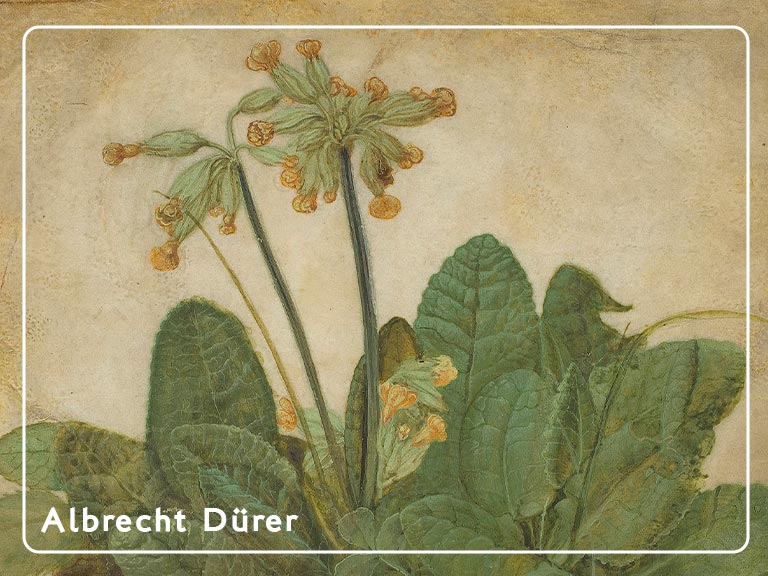Albrecht Dürer, born in 1471 in Nuremberg, Germany, was an exceptionally talented painter, printmaker, and theorist who left an indelible mark on the world of art during the Renaissance period. Renowned for his technical prowess, meticulous attention to detail, and innovative use of various mediums, Dürer’s artistic contributions continue to captivate art enthusiasts even today.
Dürer was born into a family of goldsmiths and showed an early aptitude for the arts. He received his formal training in painting and drawing under his father, who recognized his son’s extraordinary talent. As a young man, Dürer embarked on a journey through Europe to learn from and be inspired by prominent artists of the time. Eventually, he settled back in his hometown of Nuremberg, where he would spend the majority of his life.
Dürer’s body of work encompassed a wide range of subjects, including religious scenes, portraits, landscapes, and naturalistic studies. His technical mastery and attention to detail were particularly evident in his remarkable use of various mediums, such as oil paint, watercolor, pen and ink, and woodcut printmaking.
Among his most famous paintings, “The Knight, Death, and the Devil” stands out as a monumental work showcasing his talent for intricate detail and symbolism. This masterpiece, completed in 1513, depicts a knight riding through a dark and foreboding landscape, accompanied by the personifications of death and the devil.

Another iconic work by Dürer is “Melencolia I,” a print that delves into the concept of melancholy and the struggles of the human condition. Created in 1514, this engraving is filled with complex symbolism and geometric precision, highlighting Dürer’s intellectual curiosity and philosophical interests.


“Tuft of Cowslips” (1526): A Celebration of Nature’s Beauty
In addition to his well-known religious and allegorical works, Albrecht Dürer also ventured into the realm of botanical painting. One such exquisite example is his painting titled “Tuft of Cowslips,” completed in 1526. This piece showcases Dürer’s ability to capture the delicate beauty of flowers with remarkable precision.
“Tuft of Cowslips” depicts a gathering of cowslip flowers arranged in a naturalistic manner. Dürer’s attention to detail is evident in his meticulous rendering of each petal, stem, and leaf, showcasing his mastery of capturing botanical subjects with scientific accuracy.
The painting’s composition exudes a sense of harmony and balance, with the flowers placed against a dark background, allowing their vibrant yellow hues to take centre stage. Dürer’s use of light and shadow creates a three-dimensional effect, making the cowslips appear almost tangible.
Inspirations and Influences:
Dürer drew inspiration from a diverse array of sources, both within and outside the realm of art. His keen interest in human anatomy led him to produce a series of exquisitely detailed studies, such as “The Four Apostles,” wherein he depicted the apostles as individuals with distinct personalities and emotions.
His travels across Europe exposed him to the Italian Renaissance, which significantly influenced his artistic style. Dürer incorporated elements of perspective, proportion, and classical motifs into his works, fusing Northern European traditions with Italian humanism.
Many of Dürer’s paintings, prints, and drawings can be viewed in prestigious museums and art galleries around the world. The Albrecht Dürer House in Nuremberg serves as a museum dedicated to his life and works, housing a significant collection of his art and personal belongings. Additionally, major museums like the Louvre in Paris, the British Museum in London, and the Metropolitan Museum of Art in New York City house notable pieces by Dürer.
Dürer not only admired the works of his contemporaries but also held deep respect for artists who came before him. He studied and sought inspiration from the works of masters like Leonardo da Vinci and Martin Schongauer, incorporating their techniques into his own unique artistic language.
Albrecht Dürer’s contributions to the art world remain timeless, as his technical skill, meticulous attention to detail, and innovative use of various mediums continue to captivate and inspire generations of artists. From his intricately detailed engravings to his grand-scale paintings, Dürer’s works showcase his mastery of form, composition, and symbolism. Through his artistic endeavours, Dürer cemented his place as one of the most.
If you would like to receive a roundup of all of our blog posts once a week to keep you inspired in your inbox, why not sign up to our newsletter. You can access our sign up at the top of our page. If you are a London Art College student and you would like your artwork featured here, drop us a line at any time.

